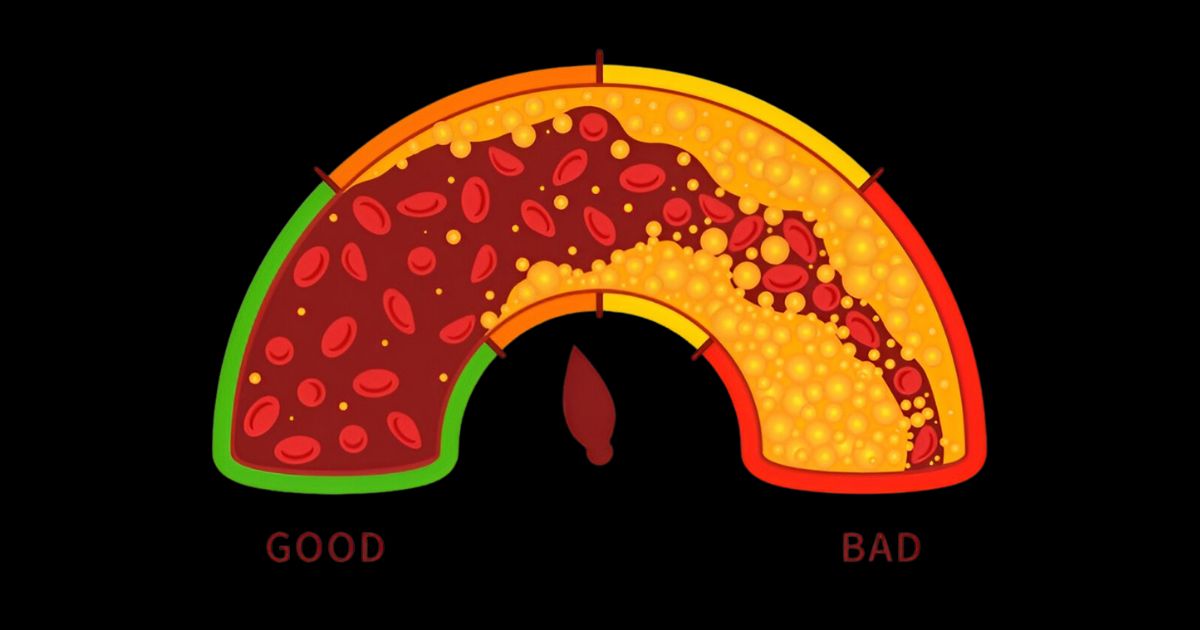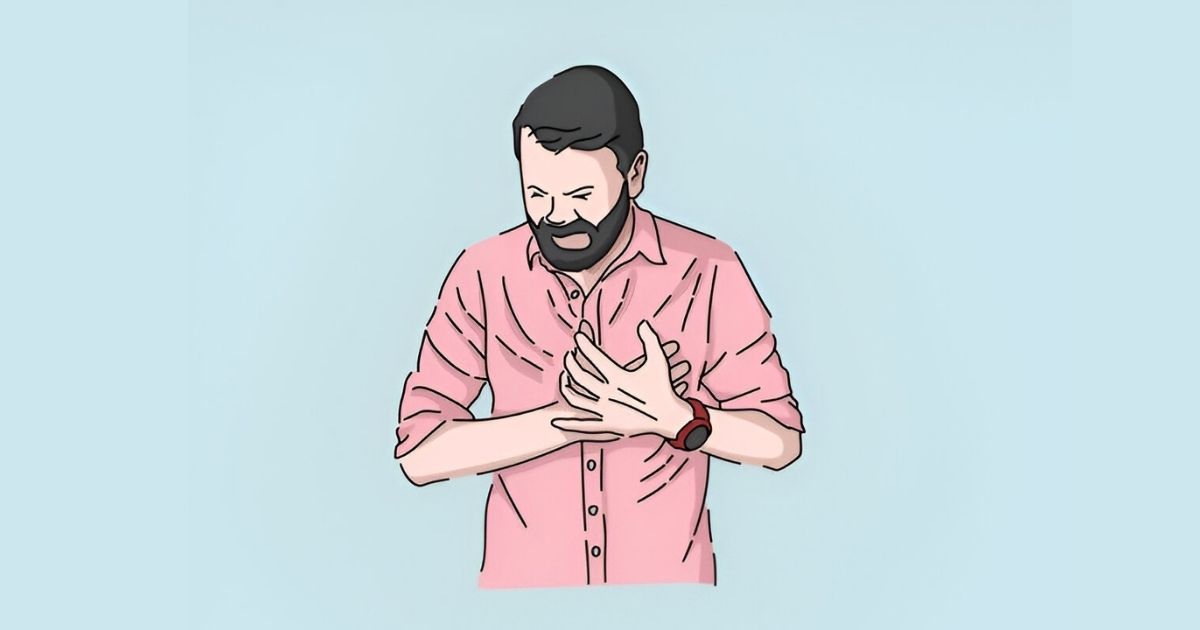Your body might be signalling early signs of a potential heart attack. But are you listening?
Subtle signs can often mask a looming heart attack. Don’t be fooled by their nature. Some heart attacks strike without warning and can be intense, whereas others may begin slowly with mild pain or discomfort. Therefore, paying attention to the early signs of heart attack can lead to prompt medical attention and potentially prevent this life-threatening condition.
According to research, there has been an increase in heart disease-related insurance claims from 9-12% in 2019-2020 to 18-20% in 2023-2024, indicating the prevalence of cardiac issues in India.
In this write-up, we will delve into the common heart attack symptoms in men and women, shedding light on the differences and similarities between the two. Keep reading to stay in the best health!
What Is A Heart Attack?
Heart attack, also known as myocardial infarction, is a condition in which blood flow to the heart is significantly reduced or blocked. This blockage is caused by the buildup of fat, cholesterol, and other substances in the heart (coronary) arteries. This usually happens because of plaques (cholesterol-containing deposits). These plaques narrow the arteries, restricting blood flow to the heart.
Some heart attacks occur because of the complete blockage of the heart, while others result from partial blockage. However, this is not the only reason. Other causes of heart attack include coronary artery spasms, certain infections, and spontaneous coronary artery dissection (SCAD).
Signs and Symptoms of Heart Attack
These are some of the silent heart attack symptoms that you should know about:
1. Chest Pain
Chest pain is discomfort or an ache that occurs in front of the body, from the neck to the upper stomach.
2. Shortness of Breath
The second prevalent heart attack symptom is shortness of breath – which happens when the heart can’t pump blood as well as it should, and the blood reverses in the veins that transport the lungs to the heart.
You will witness shortness of breath:
- During activity
- While you’re resting
- While lying flat on your back – or even after waking up.
3. Coughing or Wheezing
If your coughing and wheezing persist over a long period of time, it’s one of the pre-heart attack symptoms that causes fluid to build up in your lungs. During this time, you may also cough up pink and bloody mucus.
4. Swelling in the Legs, Ankles, or Feet
Another sign of heart attack is swelling (oedema) in your lower legs. When the heart doesn’t function well, it leads to slow blood flow that backs up in the veins of your blood. This causes the buildup of fluid in the tissue.
Additionally, you will notice some swelling in the stomach and weight gain.
5. Poor Blood Supply to Extremities
Clogged arteries also contribute to a higher risk of heart attack in both men and women. Even though clogged arteries aren’t heart disease, plaque buildup in your arteries can narrow the blood vessels and reduce blood flow to other parts of the body.
Insufficient blood flow to the leg can lead to:
- Feeling achy, burning, or uncomfortable in your feet, calves, or thighs
- These symptoms come to life during walking and go away after several minutes of rest.
- When at rest, you feel numbness in your feet or legs. Also, your feet feel cool, and the skin looks pale.
6. Fatigue
Tiredness is another heart attack symptom that you should watch out for! Sometimes, tiredness can indicate that you just need some rest. But fatigue can be a sign of a serious problem when:
- You feel tired much more than normal. This symptom is more prevalent in women compared to men.
- You feel so tired that you’re unable to carry out daily activities.
- You feel sudden severe weakness.
7. Fast or Uneven Heartbeat (Palpitations)
When your heart works hard to pump blood efficiently to keep up its function, it starts beating faster. You may also feel a noticeable heart throbbing or racing. A fast or irregular heartbeat could indicate an arrhythmia or a heart rhythm problem.
How Heart Attack Symptoms in Women Are Different From Men?
Chest discomfort, whether pain or pressure, is a common symptom of heart attack, affecting both men and women. However, women experience more silent heart attack symptoms like fatigue, nausea/ vomiting, shortness of breath, and back or jaw pain.
Conclusion
Understanding early heart attack symptoms is essential to taking prompt action. You should consider that females experience the symptoms a little more differently than men. Treatment and recovery are very much possible, but when you these signs and act on them immediately, they can be managed efficiently. If you’re wondering how to prevent heart attacks, consider eating a heart-healthy diet, maintaining a healthy weight, exercising regularly, and avoiding smoking.




